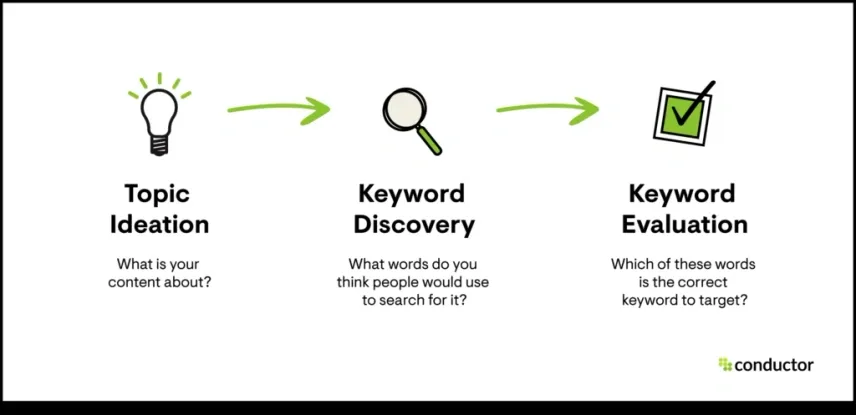Click Info Track: Your Daily Dose of Insights
Stay updated with the latest trends and information across various topics.
Keyword Research Secrets That Could Change Your Content Game
Unlock the hidden secrets of keyword research and transform your content strategy. Discover proven tips to boost your SEO game now!
Unlocking the Power of Long-Tail Keywords: A Complete Guide
When it comes to driving organic traffic to your blog, long-tail keywords are essential tools that can help you reach your target audience. Unlike broader keywords, which are often highly competitive, long-tail keywords are more specific phrases that tend to attract users with clear intentions. For example, instead of targeting 'shoes,' you might focus on 'best running shoes for flat feet.' This approach not only boosts your chances of ranking higher in search engine results but also allows you to connect with a more engaged audience. By creating content tailored around these longer phrases, you can address the specific needs and questions of potential readers, thereby increasing your chances of conversion.
To successfully integrate long-tail keywords into your SEO strategy, start by conducting thorough keyword research. Utilize tools like Google Keyword Planner, SEMrush, or Ubersuggest to identify relevant long-tail phrases that align with your blog's niche. Once you've compiled a list, prioritize keywords based on search volume and competition level. Incorporate these keywords naturally within your content—especially in headings, meta descriptions, and within the first 100 words of your articles. Remember to maintain a conversational tone to enhance readability, while also ensuring that your content answers common questions posed by your audience.

The Ultimate Keyword Research Toolkit: Tools You Can't Ignore
In the fast-paced world of digital marketing, having the right tools at your fingertips can make all the difference in your SEO strategy. **Keyword research** is the cornerstone of effective content creation, and to optimize your efforts, you need a toolkit that empowers you to uncover valuable keyword opportunities. Here are some essential tools you can't ignore:
- Google Keyword Planner: A staple for finding keyword ideas and understanding search volumes.
- SEMrush: This multifunctional tool not only provides keyword data but also competitor insights.
- Ahrefs: Renowned for its extensive backlink database, it also offers robust keyword research features.
While these tools can significantly enhance your keyword research process, it’s crucial to understand how to utilize them effectively. Begin by identifying your primary keywords related to your niche, and then use these tools to explore variations and related terms. Consider employing long-tail keywords as they often present higher conversion rates with less competition. Remember, the ultimate goal is not merely to drive traffic but to attract the right audience that converts into loyal followers.
Are You Missing Out? Key Mistakes in Keyword Research and How to Fix Them
Keyword research is the cornerstone of successful SEO, yet many bloggers and website owners often fall into common traps that hinder their efforts. One key mistake is relying solely on short-tail keywords, which may garner high search volume but come with immense competition. Instead, consider incorporating long-tail keywords into your strategy. These phrases are typically longer and more specific, allowing you to reach a targeted audience that is more likely to convert. Additionally, failing to analyze the intent behind your chosen keywords can lead to misaligned content. Understanding whether users are searching for information, products, or services is essential to aligning your content effectively.
Another common pitfall is neglecting to utilize keyword research tools, which can provide valuable data on search volume and competition. Without these insights, you may miss out on high-potential keywords that align with your niche. To fix this, be sure to leverage tools like Google Keyword Planner, SEMrush, or Ahrefs to discover relevant keywords tailored to your audience. Lastly, many content creators overlook the importance of regularly updating their keyword strategy. As trends and search behaviors evolve, it’s crucial to revisit and refine your keyword list periodically. By actively staying involved in your keyword research, you ensure that your content remains fresh and competitive in the ever-changing digital landscape.